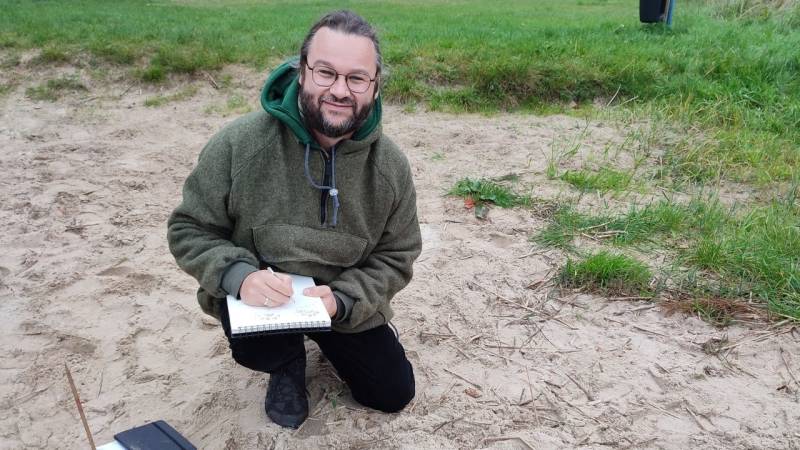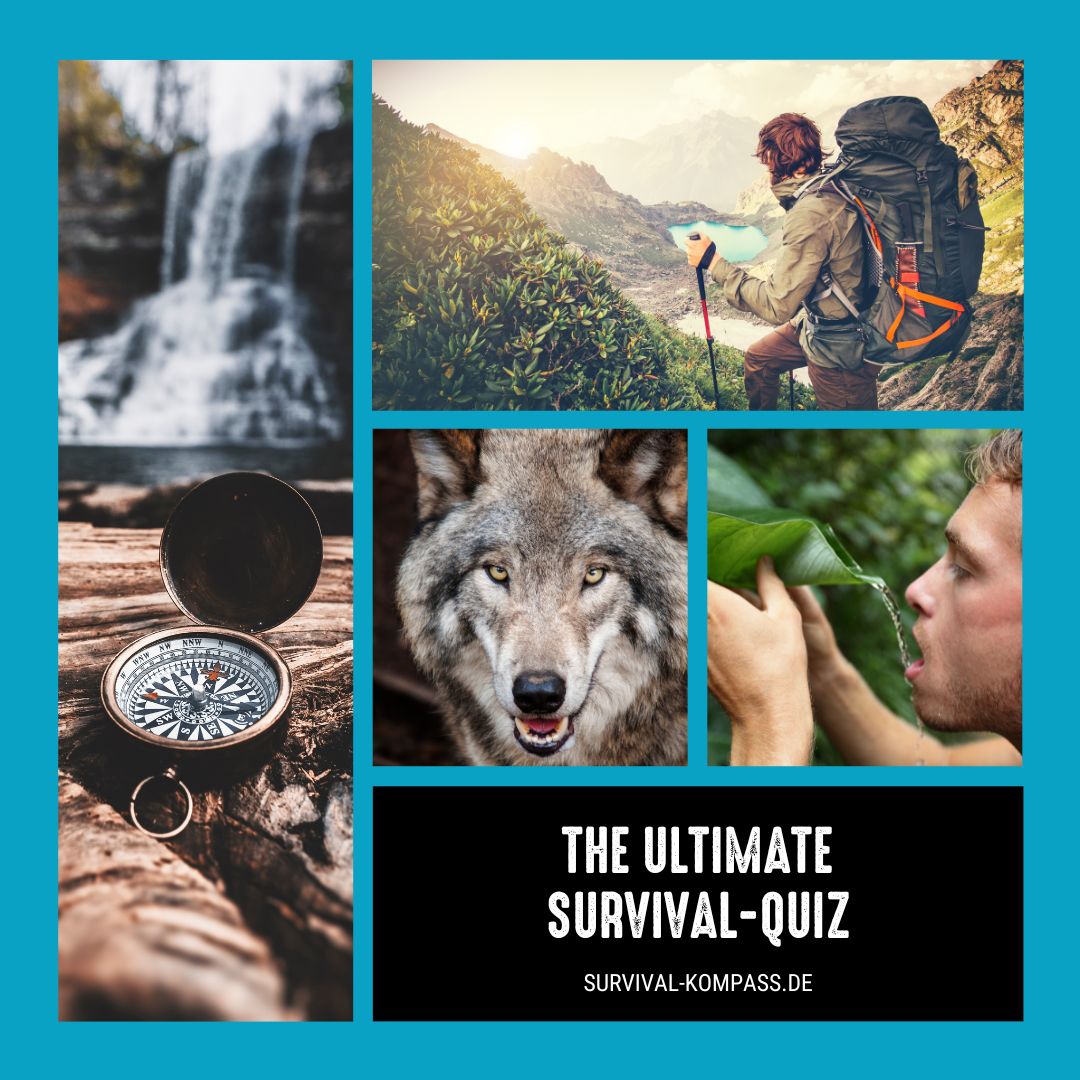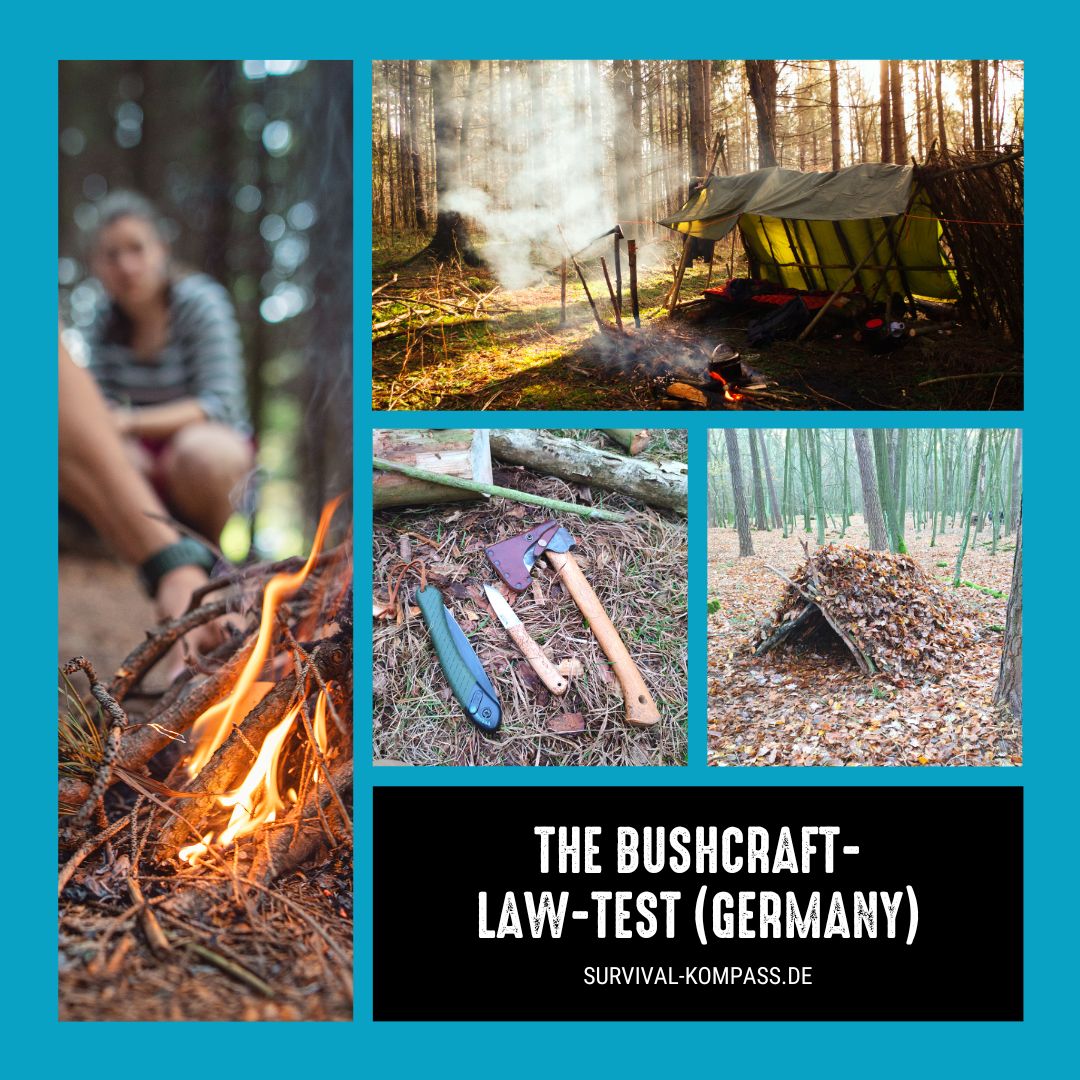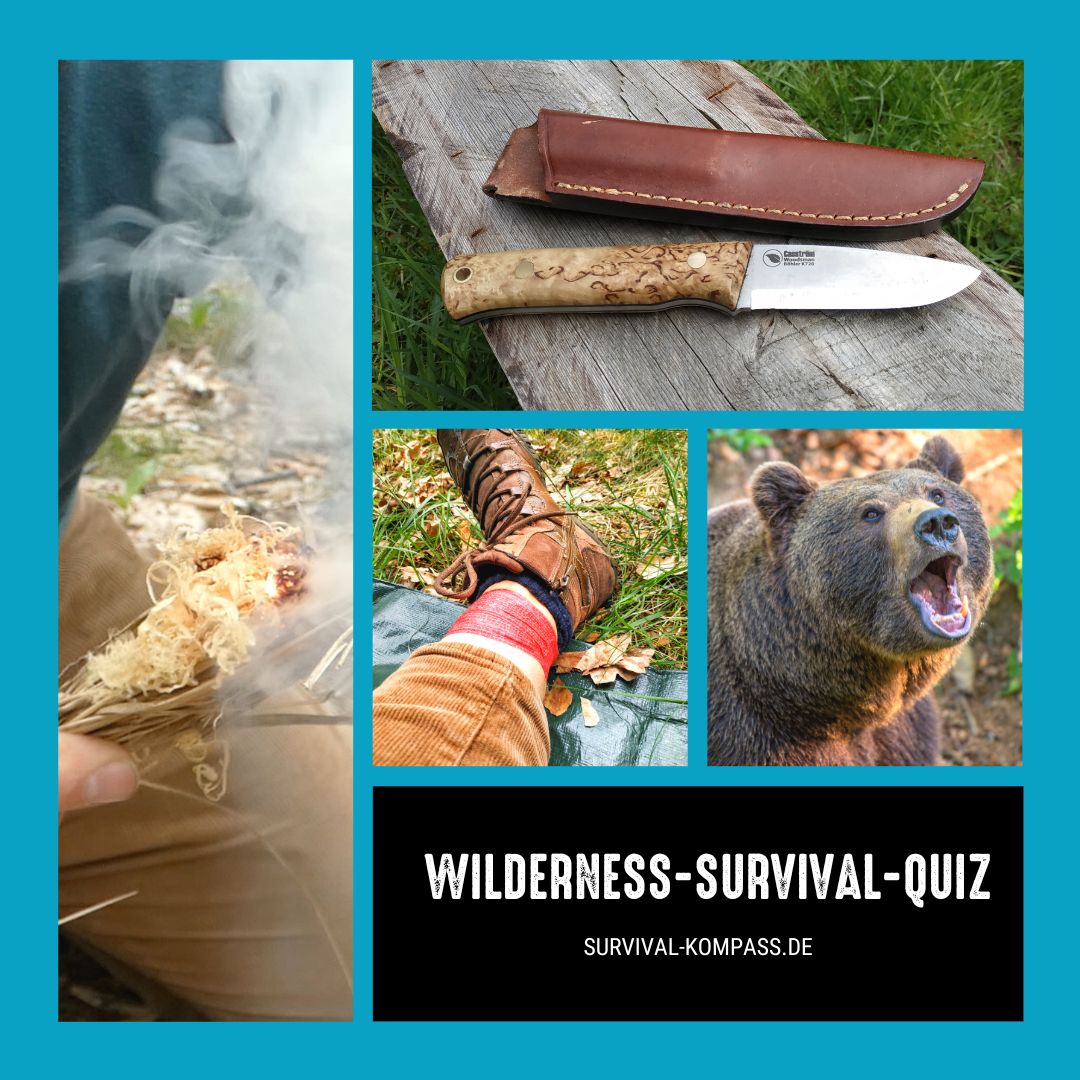
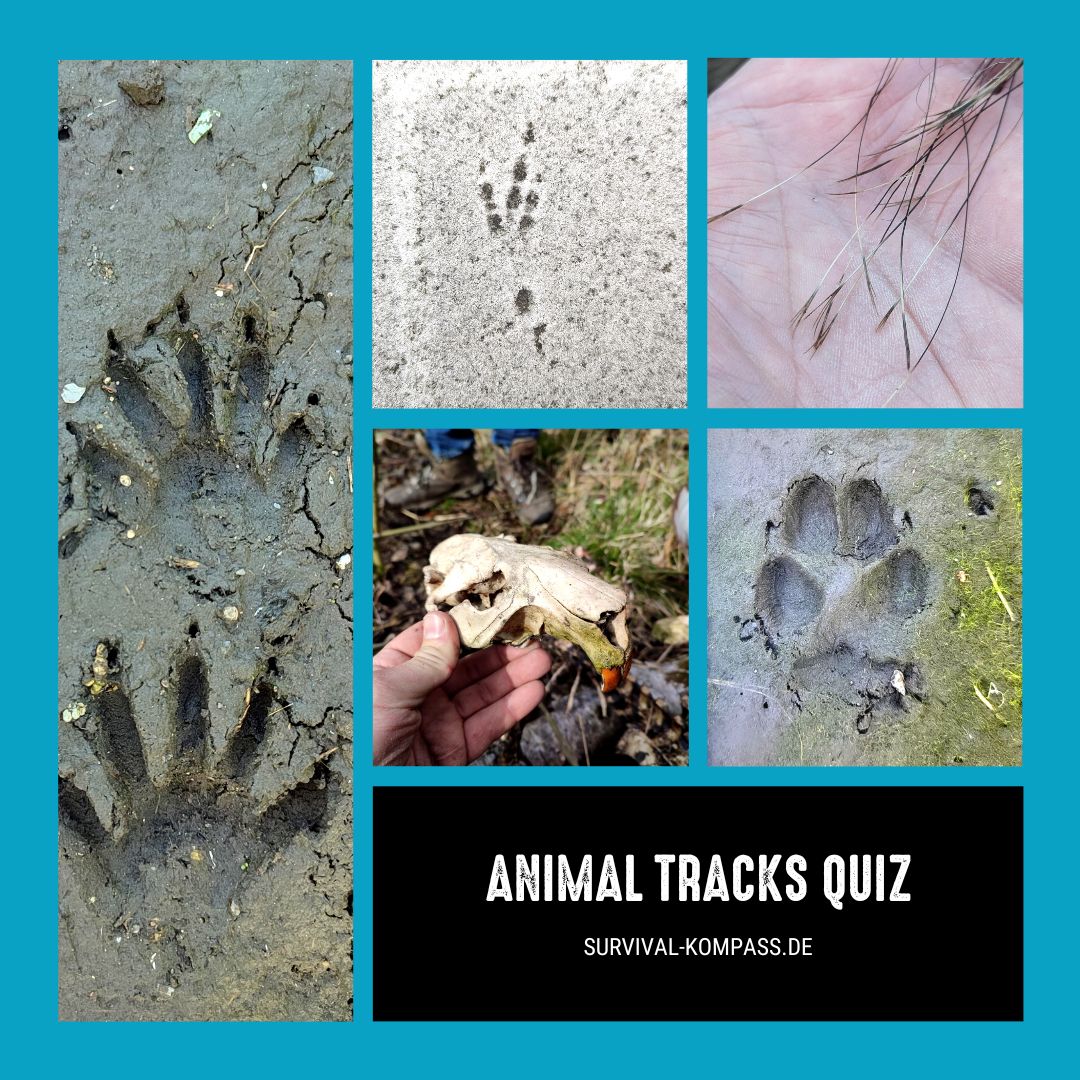
The big animal tracks quiz
(Northern Europe animals, especially from the German forest)
Imagine you're deep in the forest and suddenly you discover a trail in the ground. But which animal does it come from? Is it a hare or more of a fox?
With the big animal tracks quiz you can test your knowledge and find out how well you know about the world of wild animals. Are you ready for the challenge? Then let's go!
1752 Visitors have already taken part in the quiz and have an average score of 113% reached. Can you do more?
You can find more exciting information here:
- You can find out how to start tracking here: "Learn tracking for beginners (with many picture examples)"
- Read more here: Animal tracks in the snow (from a certified tracker)
- You can also check and compare tracks in the animal tracks database (German)
P. S. I have carefully checked all pictures as a trained tracker and with years of experience in the field. You can be sure that the information is correct.
Question 1 out of 21
From which animal does this track come?
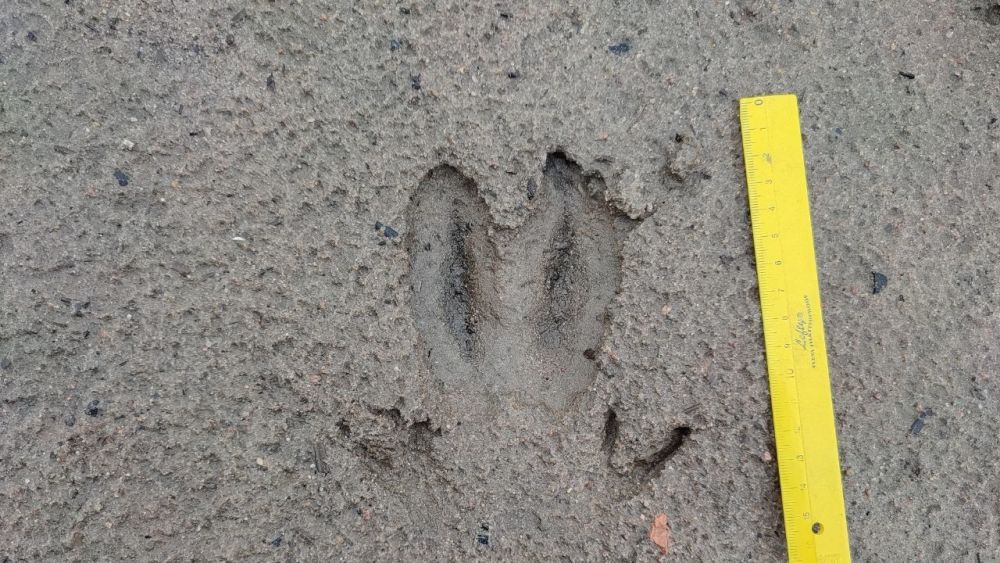
This is a footprint from a wild boar. The dewclaws (rear left and right) are located on the outside - but are not always visible (although often). The difference to the roe deer is: You rarely see the dewclaws of the roe deer and they are not located outside the hoof. The track of the wild boar is round to oval, but not long and narrow like that of the roe deer. On the photo, you can see the notch at the top, which is typical for a wild boar footprint. Furthermore, the hooves of the wild boar are more round and not sharp and pointed.
Question 2 out of 21
From which animal does this track come?
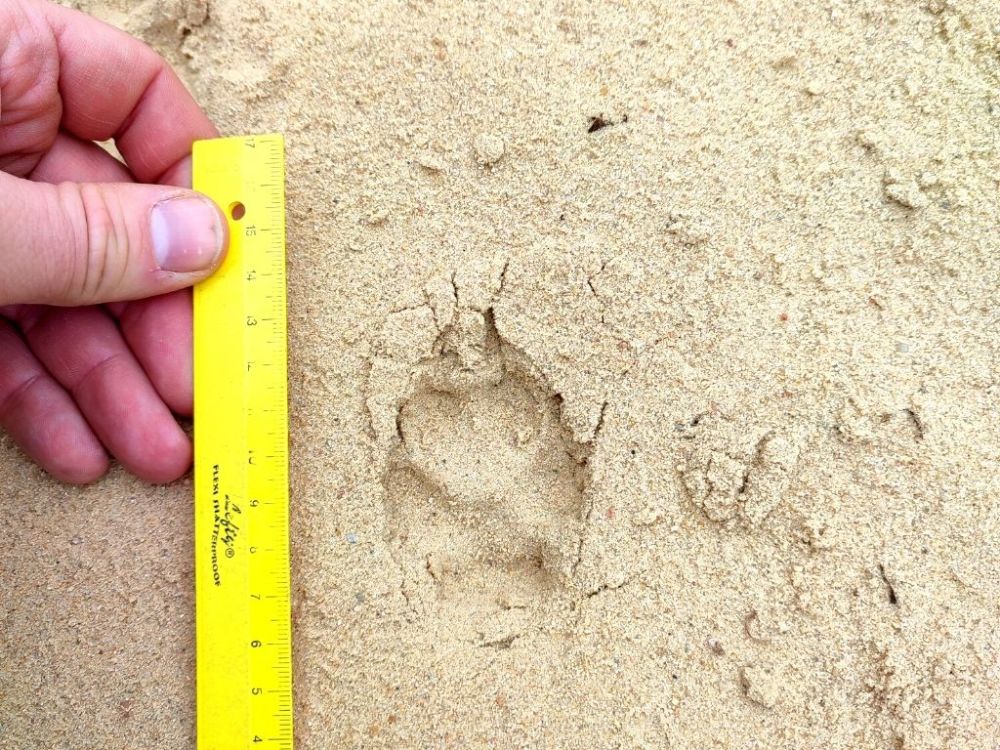
This is a footprint of a fox in the sand. A "bar" can be seen in the middle palm pad below. The "bar" at the bottom of the middle palm pad is pronounced on the front paws. This is a clear characteristic of a fox.
Question 3 out of 21
Do you know who leaves such traces?
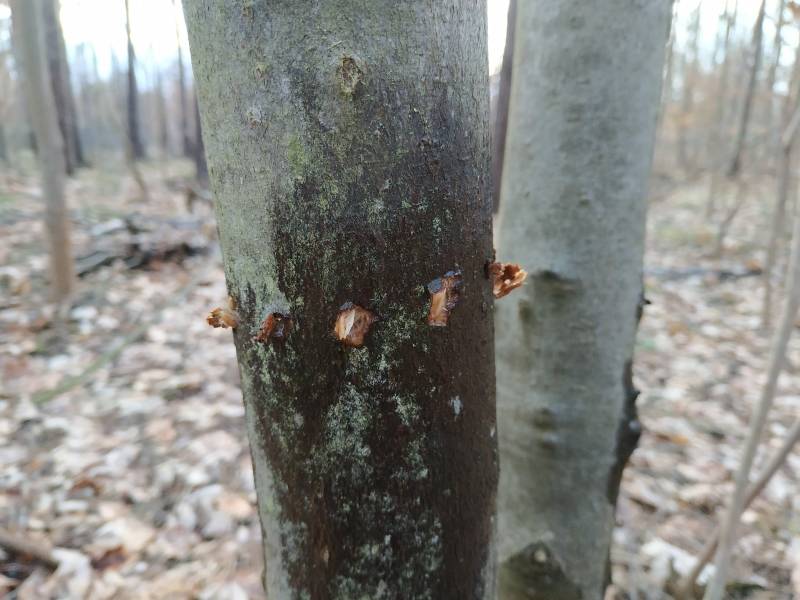
In spring, woodpeckers peck young trees to get to the sweet maple sap, as shown in the picture.
Question 4 out of 21
Who has been walking here?
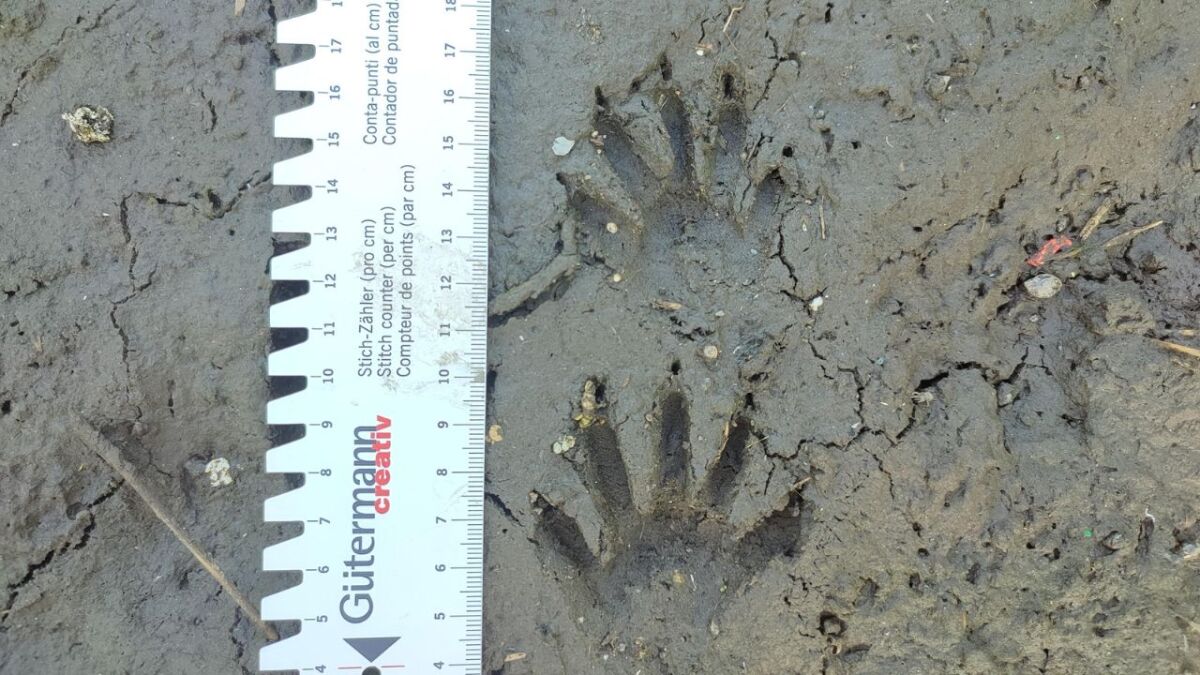
These are two front paws of a raccoon. Could be children's hands, right?
Question 5 out of 21
From which animal does this track come?
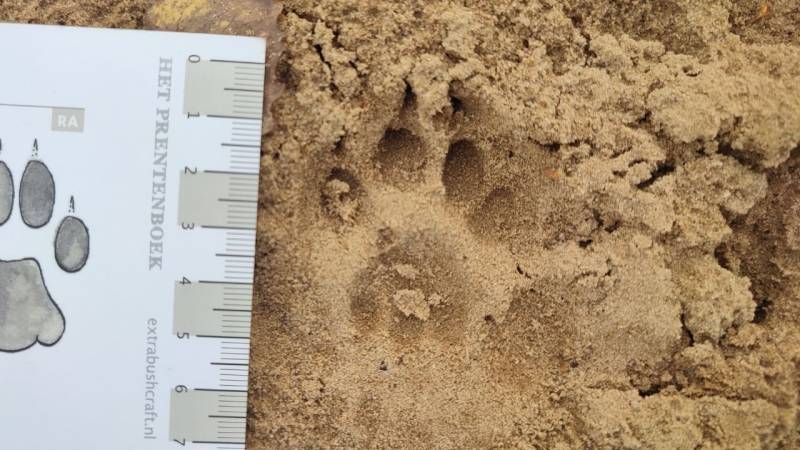
That was a cat. The cat's footprint is easily recognizable by its pad. Take a close look at the picture and you will see three bumps below and two above the pad. If you find this characteristic, you can be pretty sure that it is a cat-like animal. The claws are clearly visible in the picture, but very rarely visible.
Question 6 out of 21
Which animal jumped through the snow here?
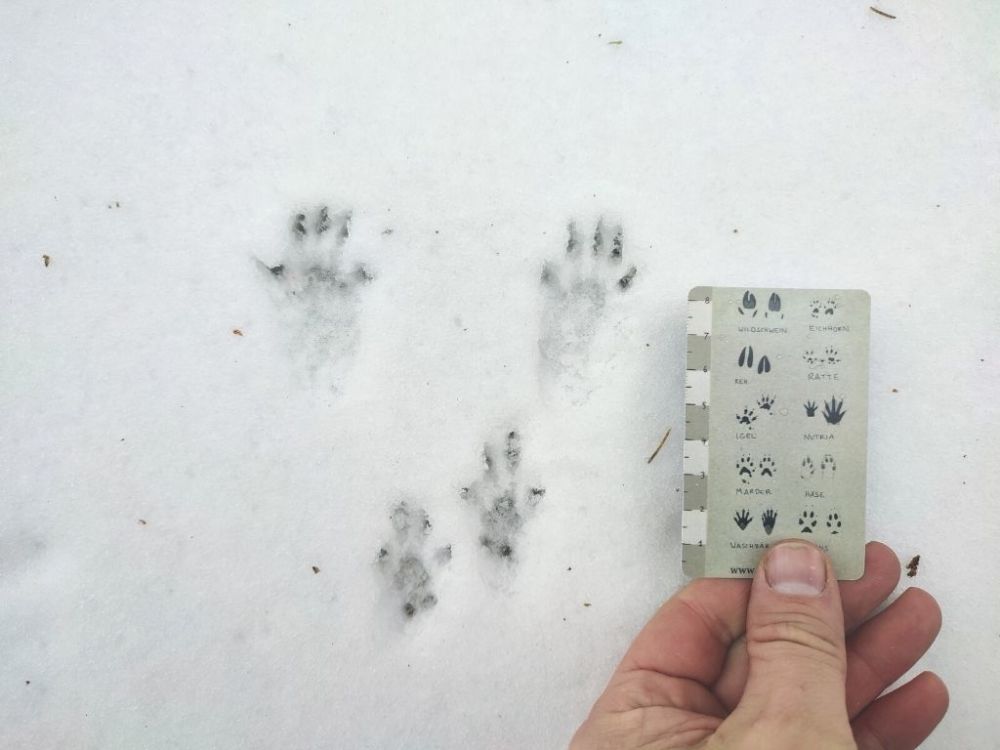
That was a squirrel. The front paws are below and the hind paws are above. The squirrel was running in a parallel gallop.
Question 7 out of 21
Which animal could these cones come from?
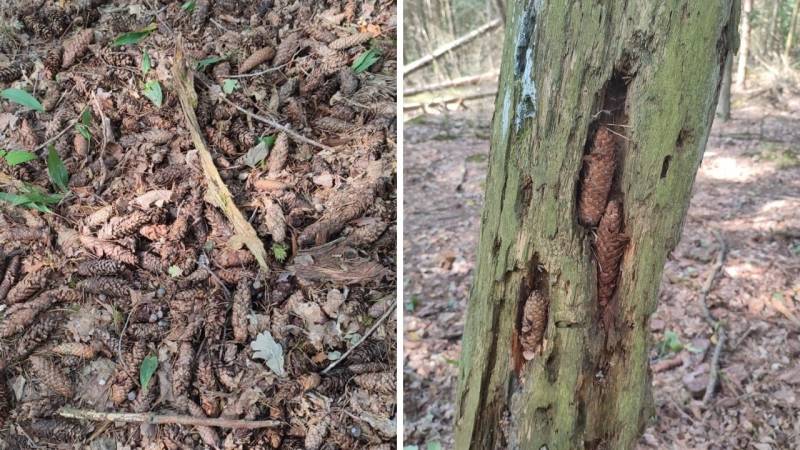
Woodpeckers wedge the cones into forked branches or the bark in order to access the seeds. This workshop is called a "woodpecker forge." At the end, there are many cones in a pile.
Question 8 out of 21
Which large animal passed by here?
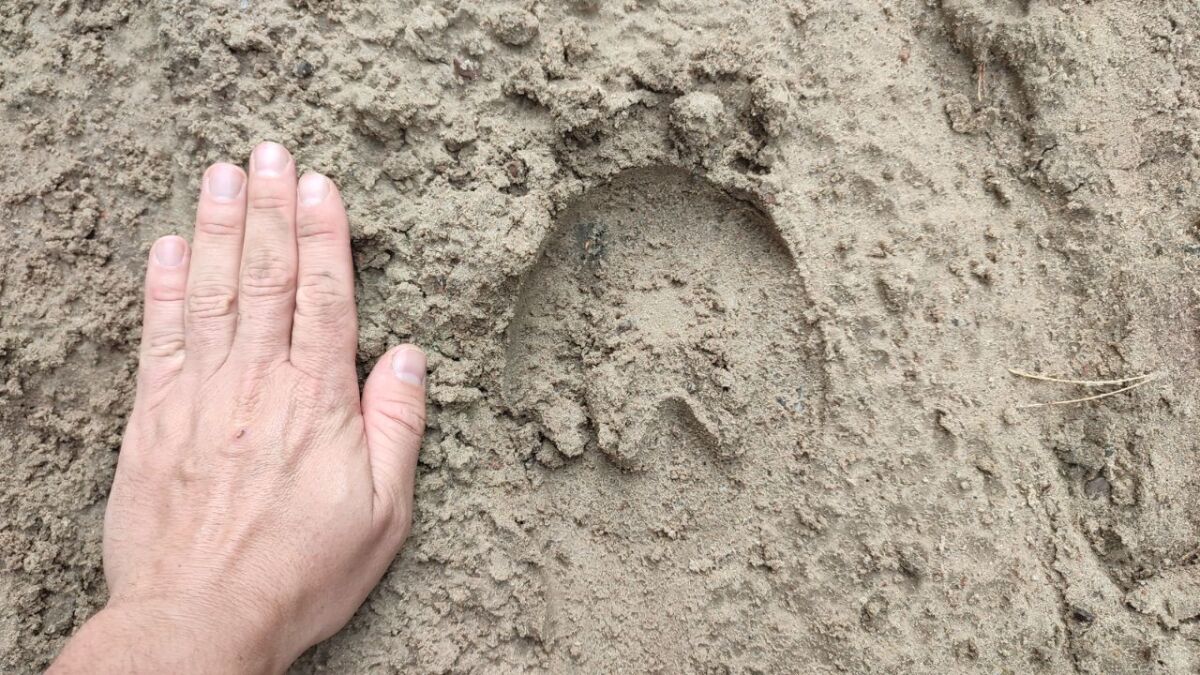
This is a footprint of a horse with a horseshoe.
Question 9 out of 21
An animal that likes to be near water walked along here. What was it?
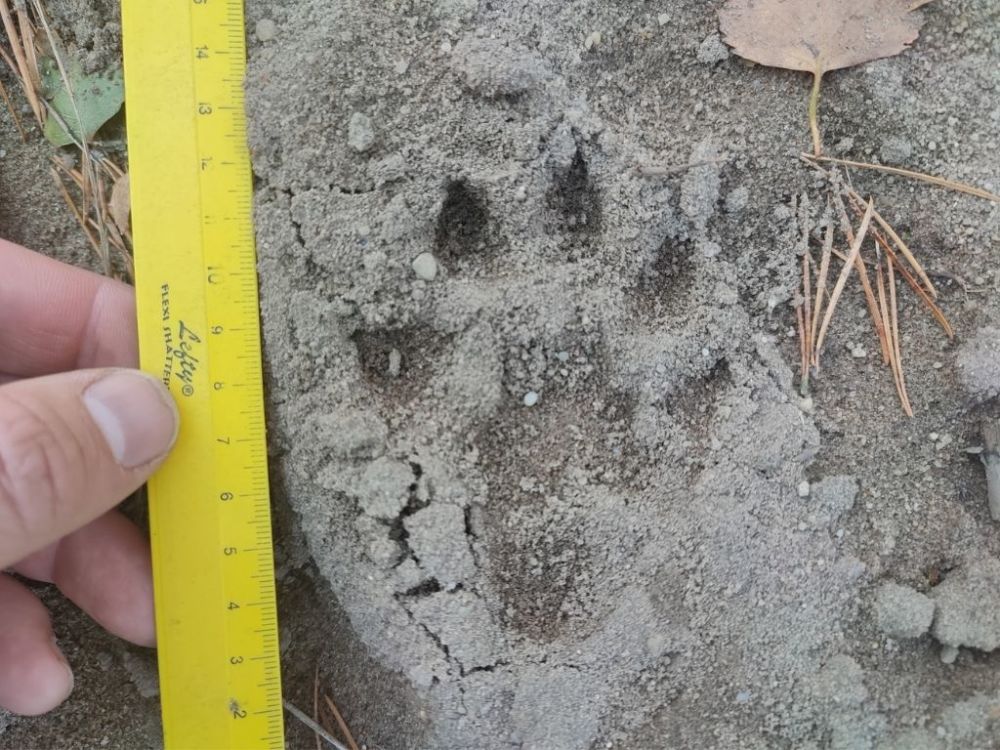
This is the track of an otter. It has 5 toes that often look like drops.
Question 10 out of 21
Who could have sat here?
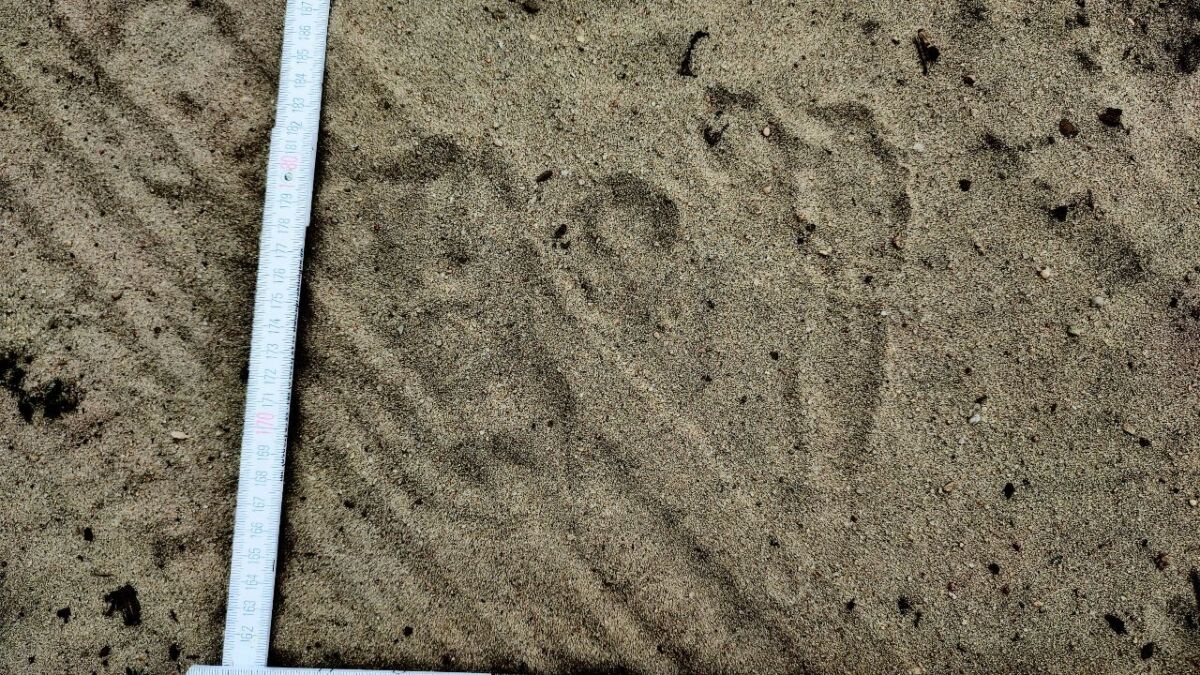
The picture shows a hare that took a break and sat down.
Question 11 out of 21
Which well-known animal left this track?
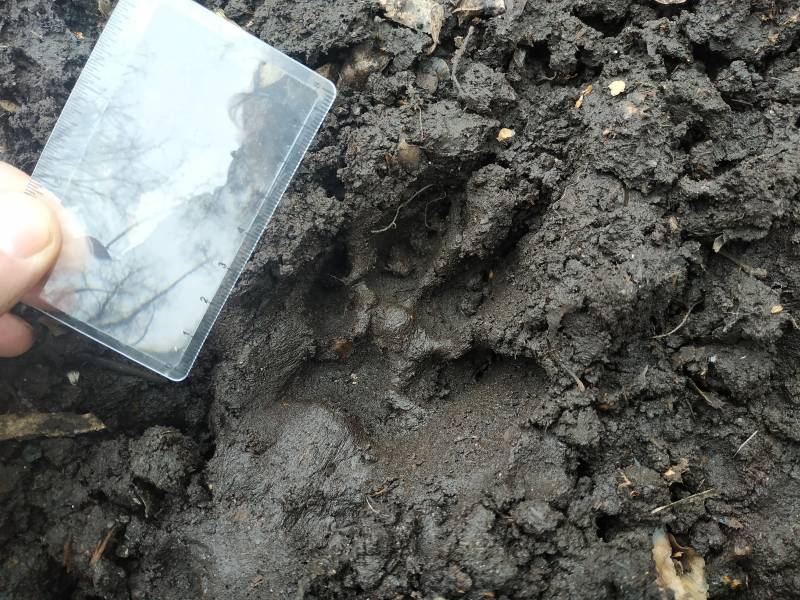
This is the track of a dog in the mud. You can see 4 toes and claws on the dog.
Question 12 out of 21
From which animal could these hairs come?
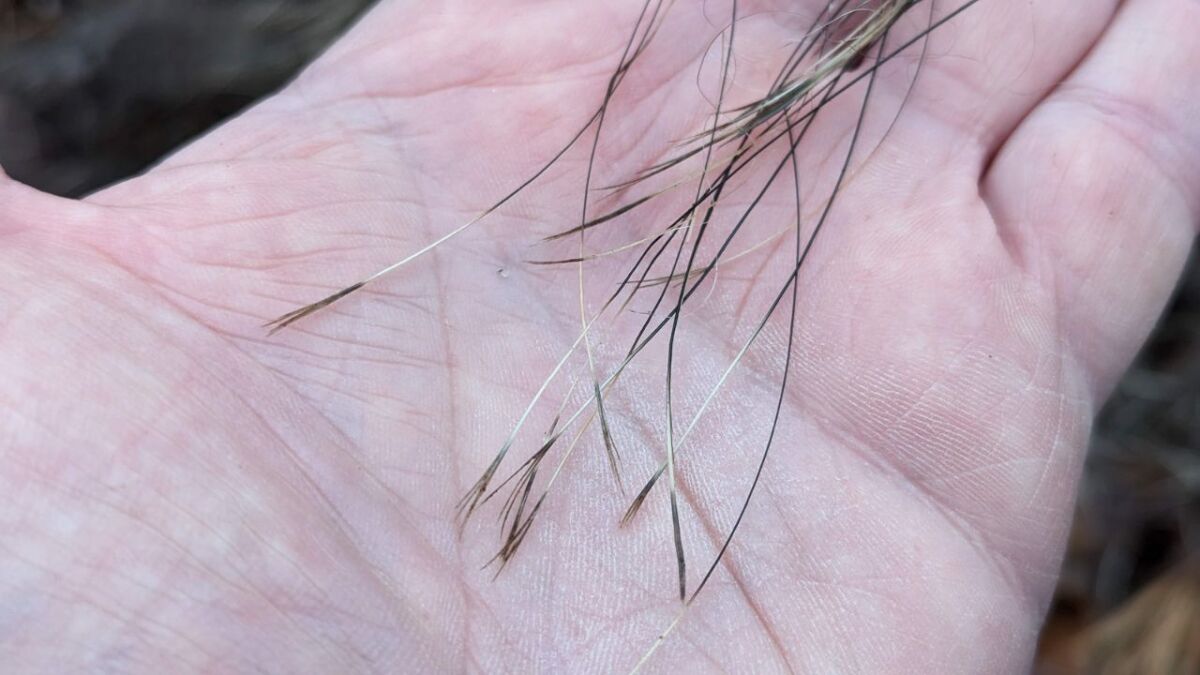
Wild boar bristles are stiff and rough. They can be very long and are often brown or black. The shape of the bristles can vary, from straight to curved, depending on the type of wild boar. A distinguishing feature is that wild boar bristles often have splits - you can see this well in the above picture.
Question 13 out of 21
From which animal does this track come?
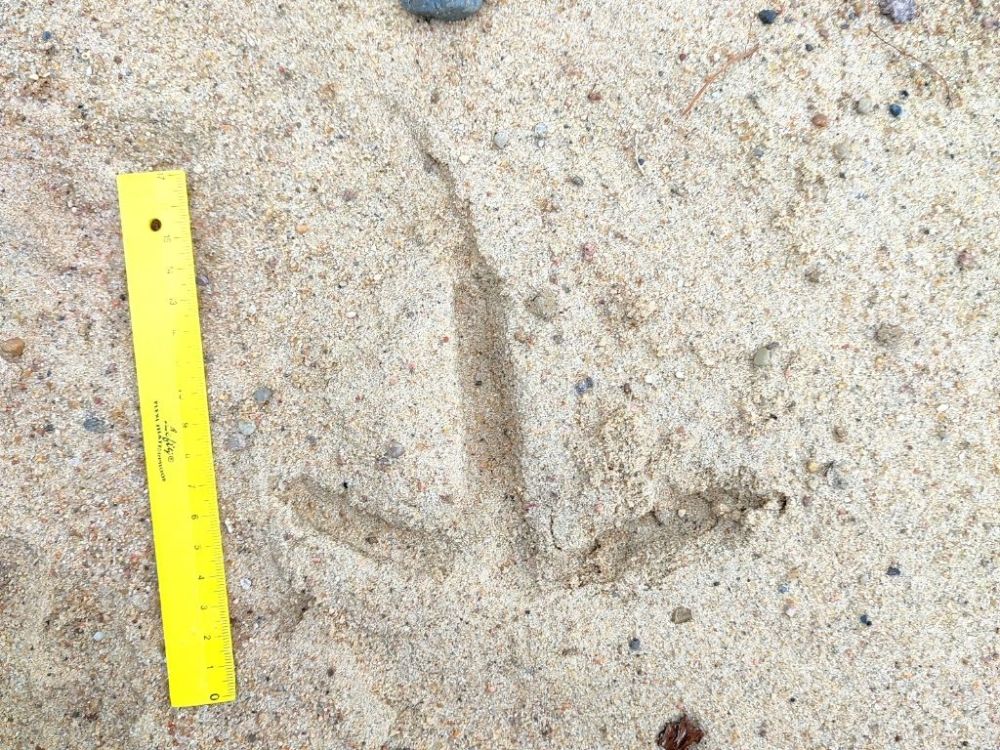
This is a crane. The footprint of a crane can be up to 15 cm long and 18 cm wide.
Question 14 out of 21
From which animal could this scat (animal feces) come?
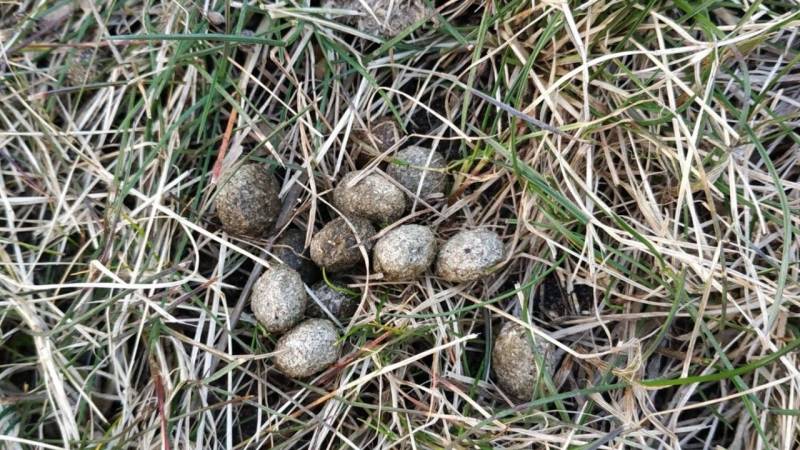
A hare left its firm, round to oval pellets. The difference to roe deer? The hare pellets are dry and straw-like inside. They also do not have a smell.
Question 15 out of 21
From which animal could these bird tracks come?
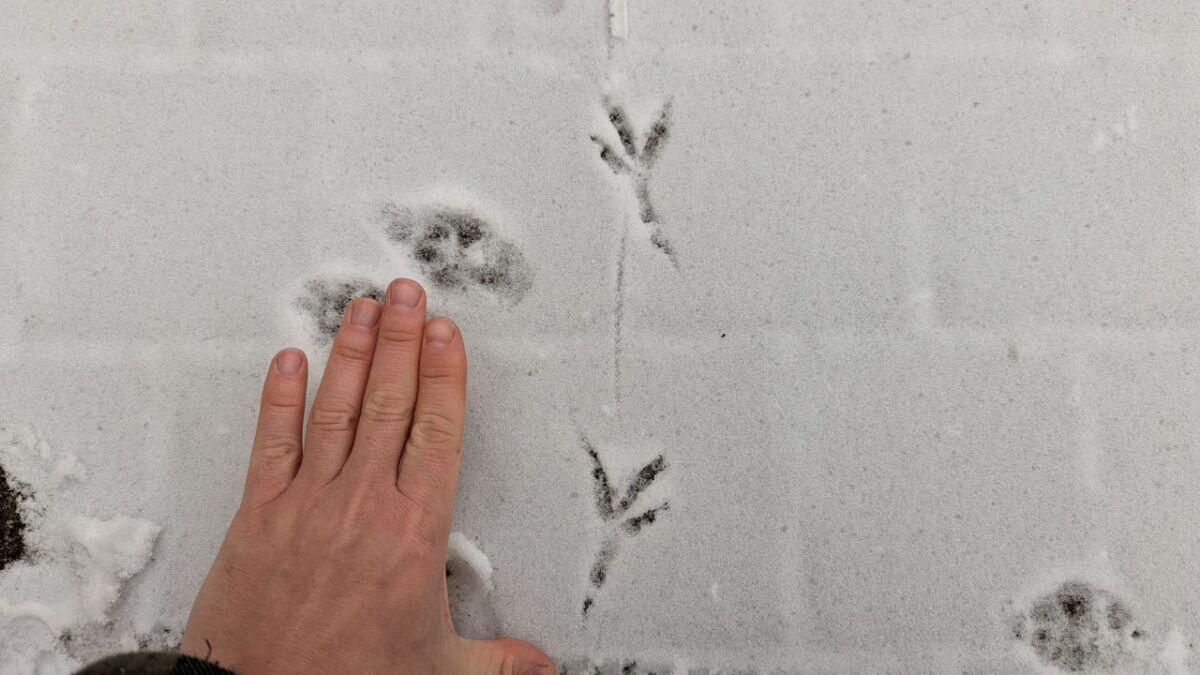
The gait of the hooded crow is slow and methodical, with a swaying step and a tendency to hop or stagger when walking. When walking on the ground, hooded crows tend to hold their wings low and swing them slowly up and down. They often let their claws scrape along the ground, which can be seen in the snow.
Question 16 out of 21
Why do wild boars and other animals use these wallows?
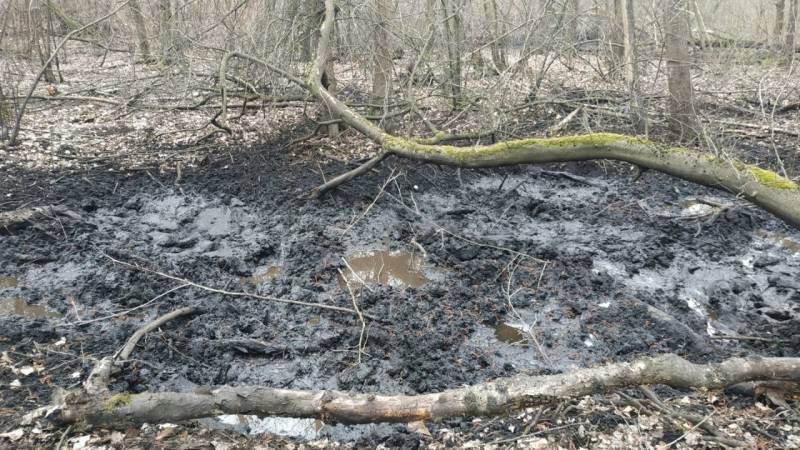
Wild boars and other animals use the mud to protect themselves from parasites and the sun. The picture shows a wild boar wallow. These places are perfect for tracking. You usually find rubbing trees there as well.
Question 17 out of 21
From which animal does this footprint come?
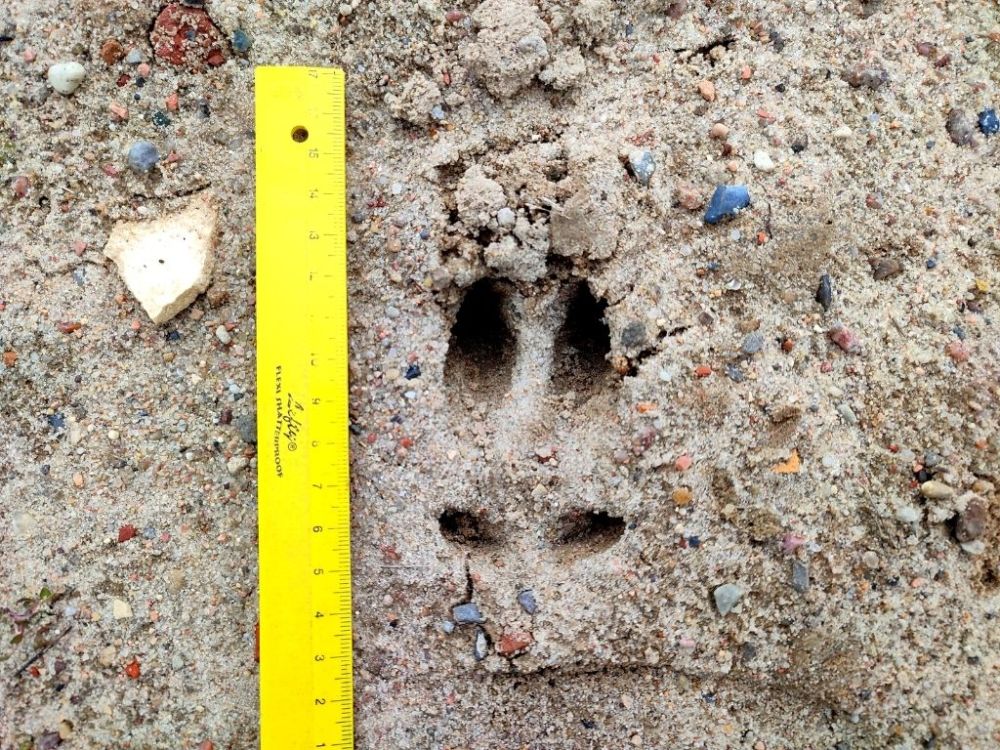
This is the footprint of a roe deer. The dewclaws are often not visible (the small shells at the back). The animal sank in here and was probably moving quickly. As a result, the dewclaws are also visible. Compared to the wild boar, the footprint of the roe deer is long and narrow and the dewclaws are not located on the outside, but in line with the large shells.
Question 18 out of 21
What do you think happened here?
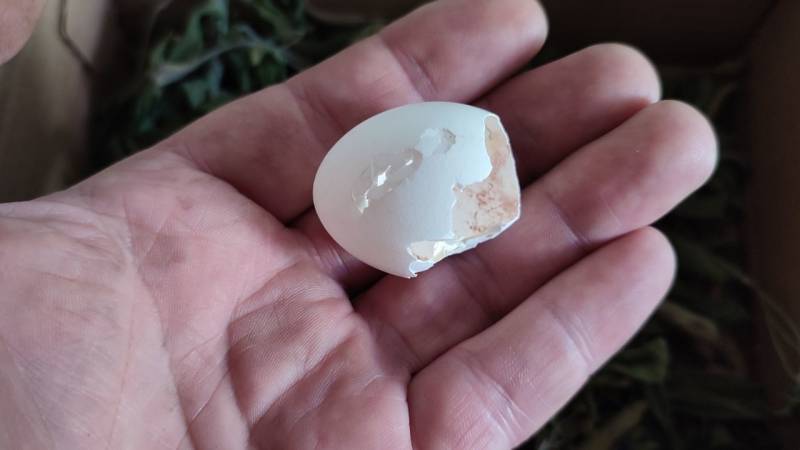
Some predator tampered with an egg. The holes were spiky from the outside, so it could only have been another bird. Possible culprits here are crows and magpies.
Question 19 out of 21
From which animal does this foot come?
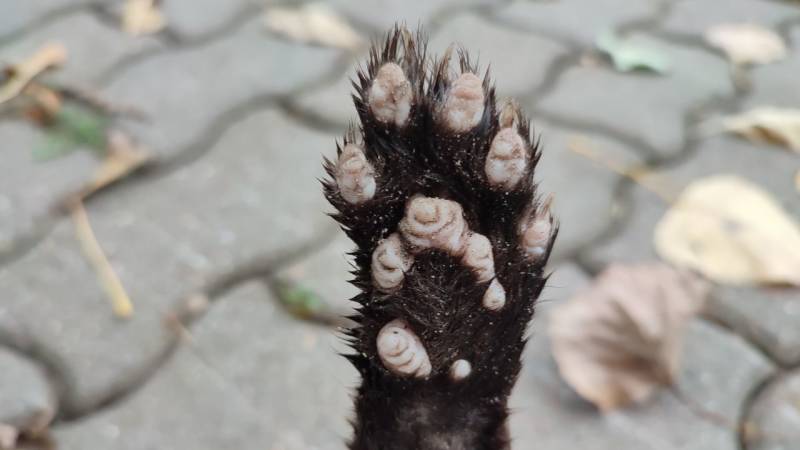
This is the right front foot of a marten.
Question 20 out of 21
From which animal does this lower jaw come?
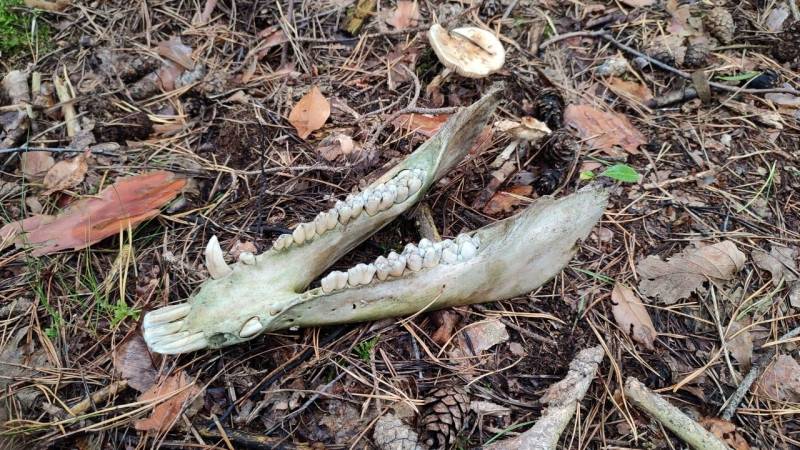
If you are very lucky, you may even find well-preserved skulls or bones and can determine which animal it was. This is a lower jaw of a wild boar.
Question 21 out of 21
One of the largest wild mammals in Germany came by here. Who was it?
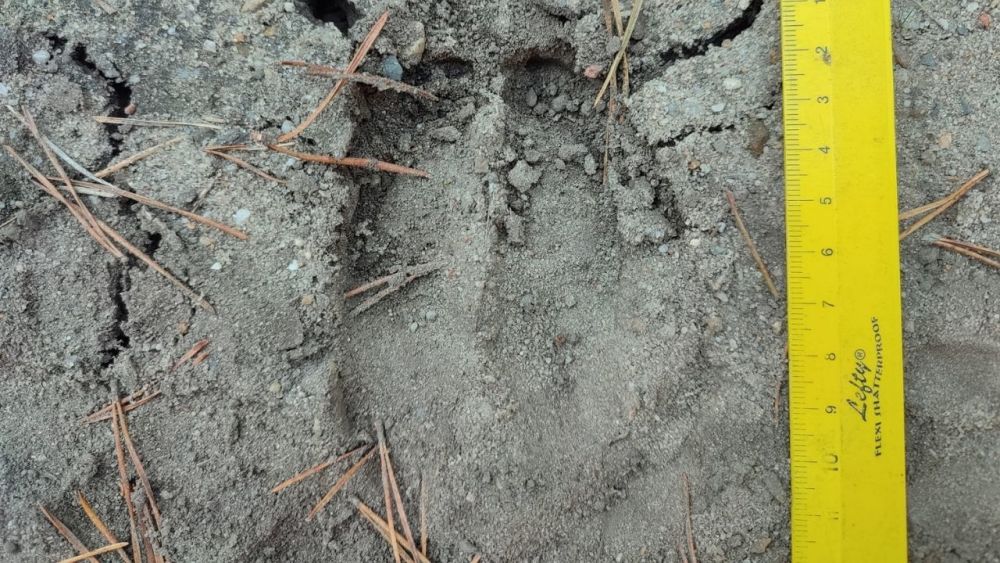
This is a footprint of a red deer.
The Animal Tracks Quiz
Your score:

How did you like the quiz?
Your grade according to school grades
(1 = very good, 6 = unsatisfactory)
Protected by Google ReCAPTCHA - Data protection | Terms of Use

